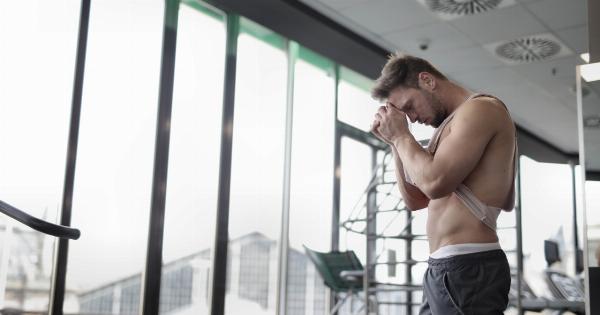Standing for extended periods of time can often lead to uncomfortable and painful sensations in the legs.
This phenomenon is commonly experienced by individuals who work in jobs that require prolonged standing, such as retail workers, healthcare professionals, and assembly line workers. Understanding the reasons behind why legs ache after standing for a long time can help in finding effective remedies and preventive measures.
In this article, we will explore the various factors contributing to leg pain after prolonged standing and discuss strategies to alleviate discomfort.
1. Muscular Fatigue
One of the primary reasons for leg aches after standing for long durations is muscular fatigue. Standing involves constant exertion of the muscles in the legs to maintain balance and support body weight.
When these muscles are engaged for an extended period without rest, they can become tired and overworked, resulting in discomfort and pain.
Repeated muscle contractions during standing can also lead to lactic acid buildup in the muscles. Lactic acid is a byproduct of energy production in muscles that can cause a burning or cramping sensation when accumulated in excessive amounts.
2. Poor Circulation
Another factor contributing to leg pain after standing for a long time is poor circulation. When standing, gravity pulls blood downwards, making it harder for the calf muscles to pump blood back up to the heart.
This can result in blood pooling in the lower legs, causing swelling, fatigue, and discomfort.
Poor circulation can further lead to the development of varicose veins, spider veins, or other venous disorders. These conditions can worsen leg pain and may require medical intervention if left untreated.
3. Increased Pressure on Joints
Standing for a prolonged period can put excessive pressure on the joints, including the knees, ankles, and hips. When joints bear weight for extended durations, it can lead to joint strain, inflammation, and pain.
Over time, this pressure can contribute to the development of conditions such as arthritis or joint degeneration.
4. Lack of Movement
Standing in one position for an extended period restricts movement and prevents normal muscle contractions needed for maintaining proper blood flow. This lack of movement can result in muscle stiffness, decreased flexibility, and increased discomfort.
Additionally, standing in one position for a long time can also lead to postural imbalances.
5. Shoes and Footwear
The type of shoes or footwear worn while standing can significantly influence leg pain. Unsupportive or ill-fitting shoes can cause foot, ankle, and leg misalignment, which may trigger discomfort and strain during standing.
High-heeled shoes, in particular, contribute to additional stress on the feet and legs, exacerbating pain.
6. Overweight or Obesity
Being overweight or obese can exacerbate leg pain after standing for a long time. The excess weight puts additional strain on the legs, joints, and muscles, making them more susceptible to discomfort and fatigue.
7. Pre-existing Conditions
Certain pre-existing medical conditions can contribute to leg pain after standing for extended durations. Conditions such as flat feet, plantar fasciitis, sciatica, or nerve impingements can cause or worsen discomfort during prolonged standing.
8. Dehydration
Inadequate hydration can lead to muscle cramps and contribute to leg pain when standing for extended periods. Proper hydration supports optimal muscle function, helps prevent fatigue, and aids in maintaining good circulation.
9. Lack of Conditioning
A lack of conditioning or a sedentary lifestyle can make standing for long durations more challenging and uncomfortable.
Regular exercise and conditioning of the leg muscles can help build endurance and minimize the occurrence of leg pain after prolonged standing.
10. Age
Age can also play a role in the development of leg pain after standing for a long time. As individuals age, muscle strength and flexibility naturally decline, making them more susceptible to discomfort and fatigue.
While occasional leg pain after standing is a common occurrence, persistent or severe pain should not be ignored.
If the pain persists or worsens, it is advisable to consult a healthcare professional to rule out any underlying conditions or receive appropriate treatment.





























